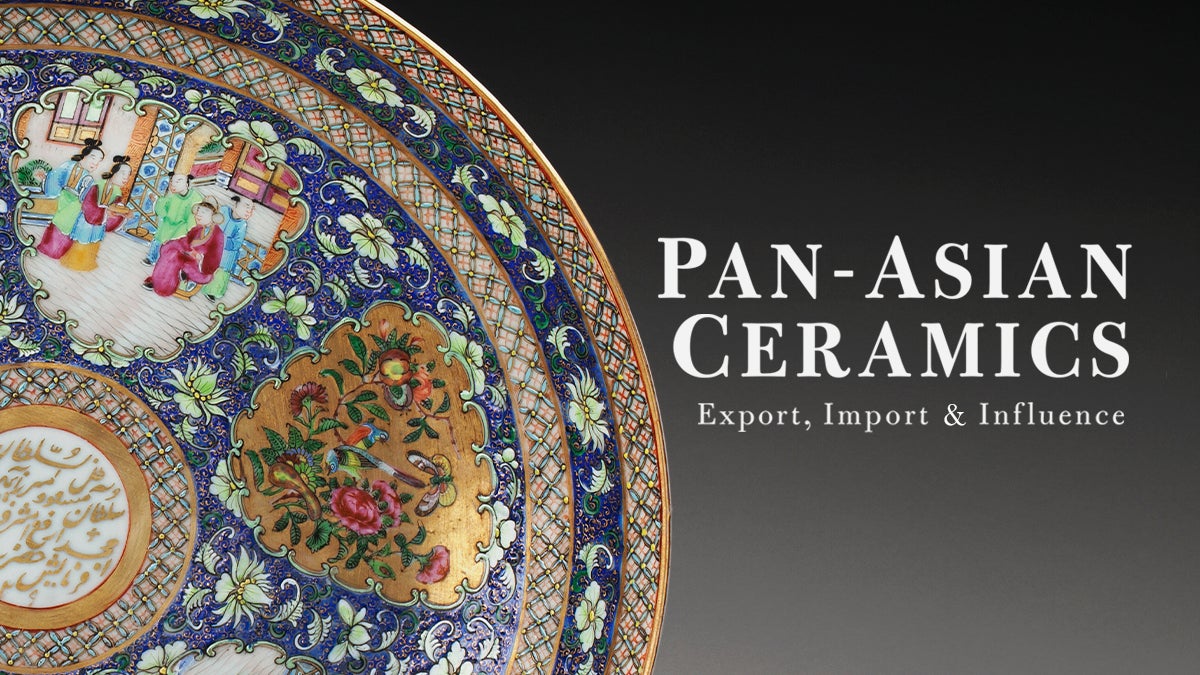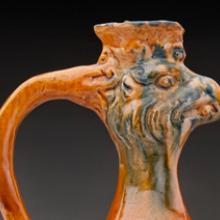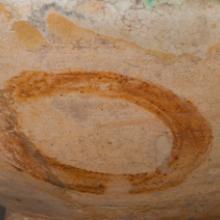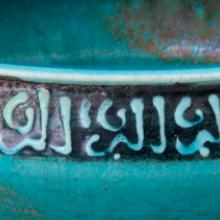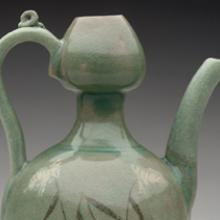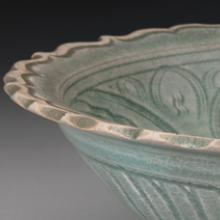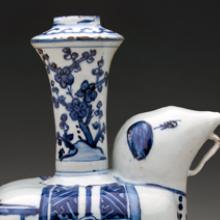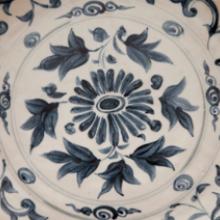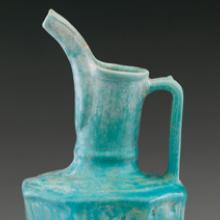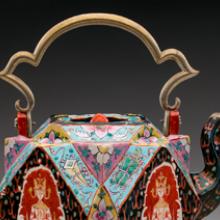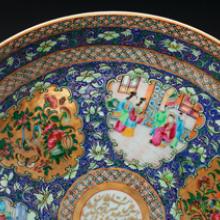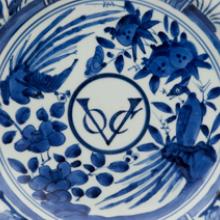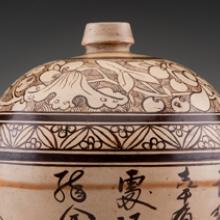Pan-Asian Ceramics: Export, Import, and Influence from the Collection of the Asian Art Museum, San Francisco
Pan–Asian Ceramics: Export, Import, and Influence
from the Collection of the Asian Art Museum, San Francisco
International trade has occurred since ancient times. The exchange of ceramics, an important trade good, influenced design styles and production techniques across vast geographic regions. Ceramics served utilitarian purposes, were used as burial objects, decorative items, status symbols, and given as tributary gifts. China, the country that had the largest impact on the worldwide ceramics industry, began to export wares in large numbers during the Tang dynasty (618–906). By the eleventh and twelfth centuries, beautifully crafted, high-fired Chinese ceramics provided examples and inspiration to Vietnam, Thailand, Korea, Japan, and Persia.
Although China dominated the ceramics export market, Japan, Thailand, and Vietnam also exported wares in various centuries. Each ceramic center learned the preferences and tastes of consumers in other regions and produced ceramics specifically for these foreign markets. Artisans crafted ceramics in certain shapes and sizes with designs and colors that their customers in locations such as Southeast Asia, Turkey, or Europe preferred.
The ceramics trade can be divided into two broad periods. The first began in approximately the ninth century and ended in the sixteenth century. During this period, Chinese, Southeast Asian, and Arab merchants dominated the ceramics trade. In the second period, from the sixteenth to the eighteenth centuries, Japanese and European merchants joined the trade.
The Chinese perfected the large-scale production of porcelain more than one thousand years ago. Shortly after its introduction, porcelain was sought after for its beauty, durability, and pure-white color. Adding to its allure, the technique of decorating ceramics with blue pigment made from cobalt, which originated in Persia, was incorporated by Chinese artisans during the first half of the fourteenth century. Chinese blue-and-white porcelain soon became one of the most universally admired and widely imitated of all ceramics.
Korea developed porcelain in the late 1300s. The Japanese followed, and by the 1640s, began to successfully compete with Chinese porcelain exports. Other regions such as Persia lacked the necessary raw materials to fabricate true porcelain, so instead, made a soft-paste version known as fritware. Vietnam also crafted blue-and-white painted pieces from stoneware. Europe eventually uncovered the secret to making porcelain in the early 1700s.
This exhibition features a fine selection of ninth- to eighteenth-century ceramics from the Asian Art Museum, San Francisco. Persian fritware, Vietnamese stoneware excavated from a shipwreck off the country’s central coast, blue-and-white export porcelain, as well as Korean and Thai celadon, are some of the many objects on display.
This exhibition was made possible through a generous loan from the Asian Art Museum, San Francisco.
©2012 by San Francisco Airport Commission. All rights reserved.
